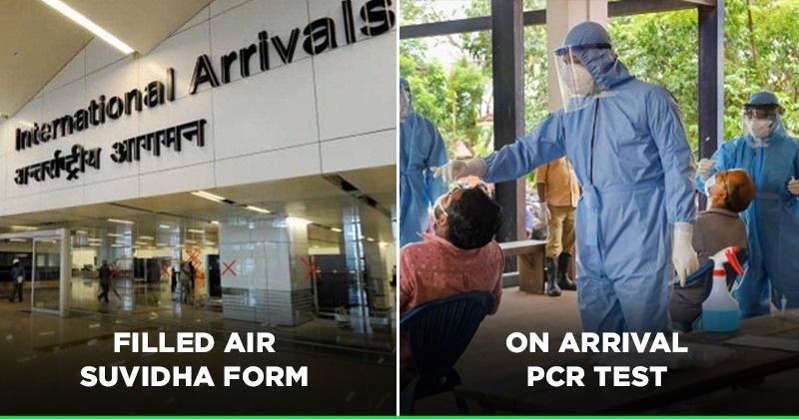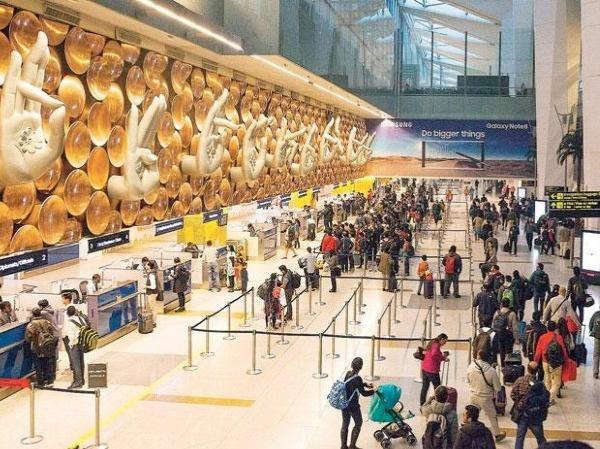As thousands of travelers return to India for winter vacations, we thought this might be a good time to look at the new rules of arrival. From 1 December, travelers have been segregated on the basis of whether they come from high-risk or low-risk countries, the rules set out. Here’s a guide to India’s entry rules for your next trip.

Check if you are covered
The first important check is to see if your country is one of the 12 high-risk countries or regions covered by the Ministry of Health and Family Welfare (MoHFW). These territories are:
Europe (including the UK), Brazil, China, Hong Kong, New Zealand, Israel, South Africa, Botswana, Ghana, Zimbabwe, Tanzania and Mauritius.
Destinations like New Zealand, Hong Kong and China have been added to the list despite having few cases. Most other destinations have been linked because of the active spread of the Omicron version of COVID-19.
For these passengers, the following must be met prior to departure:
Negative COVID test was taken within 72 hours of departure
A filled out Air Facility Locator Form
Confirmed PCR test upon arrival
All other travelers should follow the other guidelines discussed here.
On landing
Upon landing, all passengers are asked to sit near the test area in Terminal 3. It is located near the front arrivals door, containing eight cubicles for testing. Since all are booked in advance, passengers should only queue up for testing and have their swabs taken quickly by health professionals.
Two test packages are available, a standard RT-PCR for ₹500 ($6.6) or a rapid PCR for ₹3,800 ($46). The standard takes 6-8 hours to return the result, while the rapid test provides results within an hour. According to personal experience and inputs from visitors this week, the rapid test provides results in less than an hour, despite the influx of travelers.
However, many have criticized the costly cost of rapid tests, calling it discriminatory. Under the new rules, all arrivals must wait in the arrivals section for a negative result before clearing immigration. This means travelers can wait up to 8 hours before going home, while those willing to pay seven times as much can go earlier.
For now, all passengers will have to book a test before boarding.
After arrival
If negative, the passengers are required to follow a seven-day home quarantine. On the 8th day, passengers can take another PCR test and end the quarantine if it comes back negative. Local health officials are strictly following the travelers because of the Omicron threat. After a second negative test, passengers will have to self-monitor for symptoms for 14 days before landing.
However, travelers are reporting huge queues for immigration and testing. This largely depends on what time travelers arrive, with 1-4 AM being the busiest due to many arrivals from the UK and Europe. For now, try to fly before bank time and be sure to follow the rules for a smooth airport experience.

